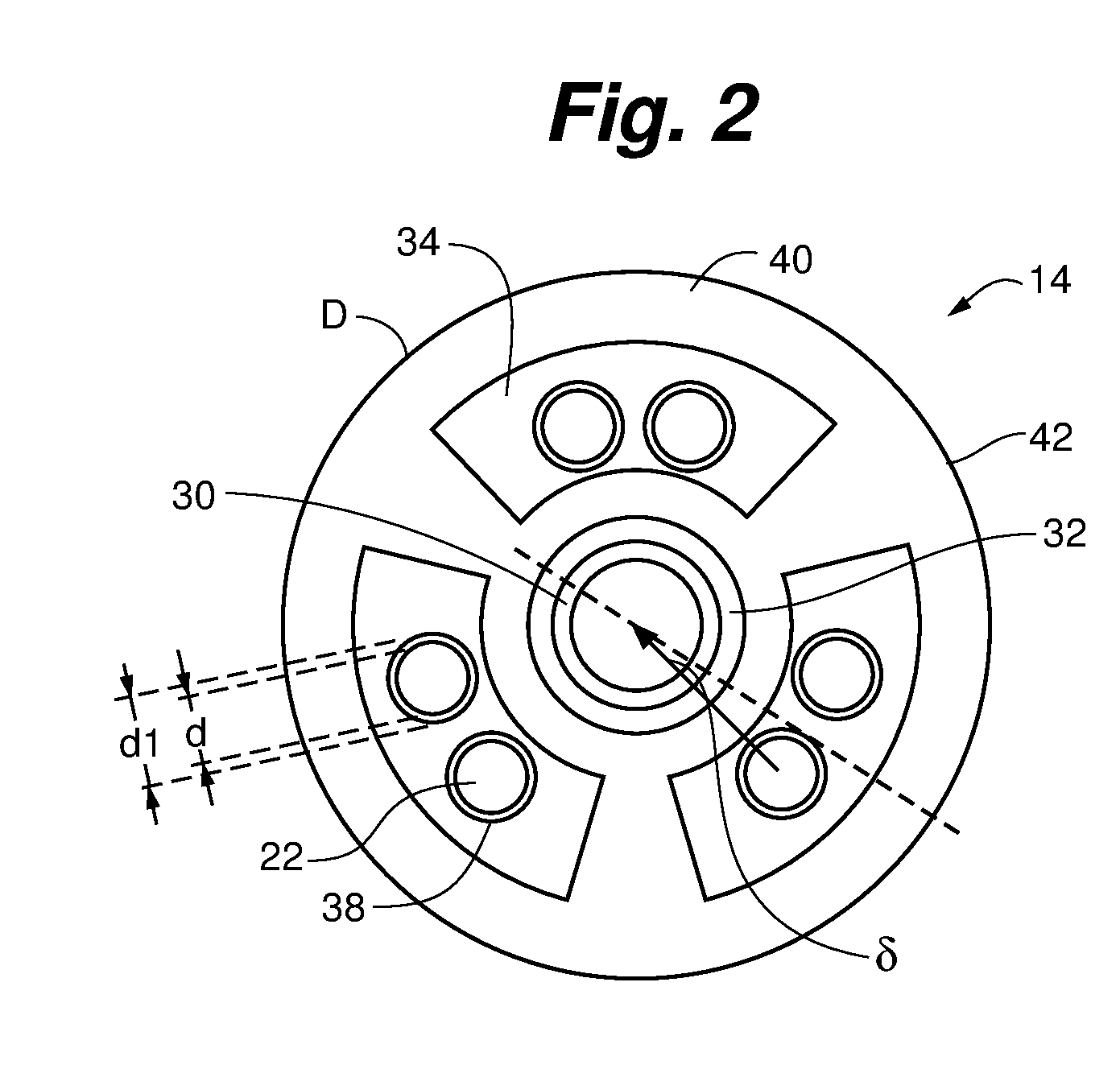Method and Apparatus for Implantable Cardiac Lead Integrity Analysis
a technology of integrity analysis and implantable cardiac leads, which is applied in the field of electric therapeutic systems, can solve the problems of ineffective treatment, inability to accurately measure the impedance, and significant long-term reliability and safety of implantable cardiac leads, and achieve the effect of accurately measuring the impedance, without any risk of cardiac
- Summary
- Abstract
- Description
- Claims
- Application Information
AI Technical Summary
Benefits of technology
Problems solved by technology
Method used
Image
Examples
Embodiment Construction
[0077]The embodiments of the present invention provide methods and apparatus for analyzing implantable cardiac leads to promote patient safety by evaluating possible issues with lead integrity, including conductor migration and / or externalization. The embodiments use an “imaginary” component of a high frequency transmission line impedance test having certain spectral changes that correspond to movements of the conductor to diagnose potential implantable cardiac lead integrity issues. This “imaginary impedance” test allows for the detection and identification of conductor migration and small insulation failures in implantable cardiac leads.
[0078]One application applies to diagnosis of conductor anomalies in implantable cardiac leads attached to an implantable medical device with a pulse generator, such as an ICD. Referring to FIG. 1, the implantable cardiac lead system 10 includes an implantable cardioverter defibrillator (ICD) pulse generator 12 and an implantable cardiac lead 14. T...
PUM
 Login to View More
Login to View More Abstract
Description
Claims
Application Information
 Login to View More
Login to View More - R&D
- Intellectual Property
- Life Sciences
- Materials
- Tech Scout
- Unparalleled Data Quality
- Higher Quality Content
- 60% Fewer Hallucinations
Browse by: Latest US Patents, China's latest patents, Technical Efficacy Thesaurus, Application Domain, Technology Topic, Popular Technical Reports.
© 2025 PatSnap. All rights reserved.Legal|Privacy policy|Modern Slavery Act Transparency Statement|Sitemap|About US| Contact US: help@patsnap.com



